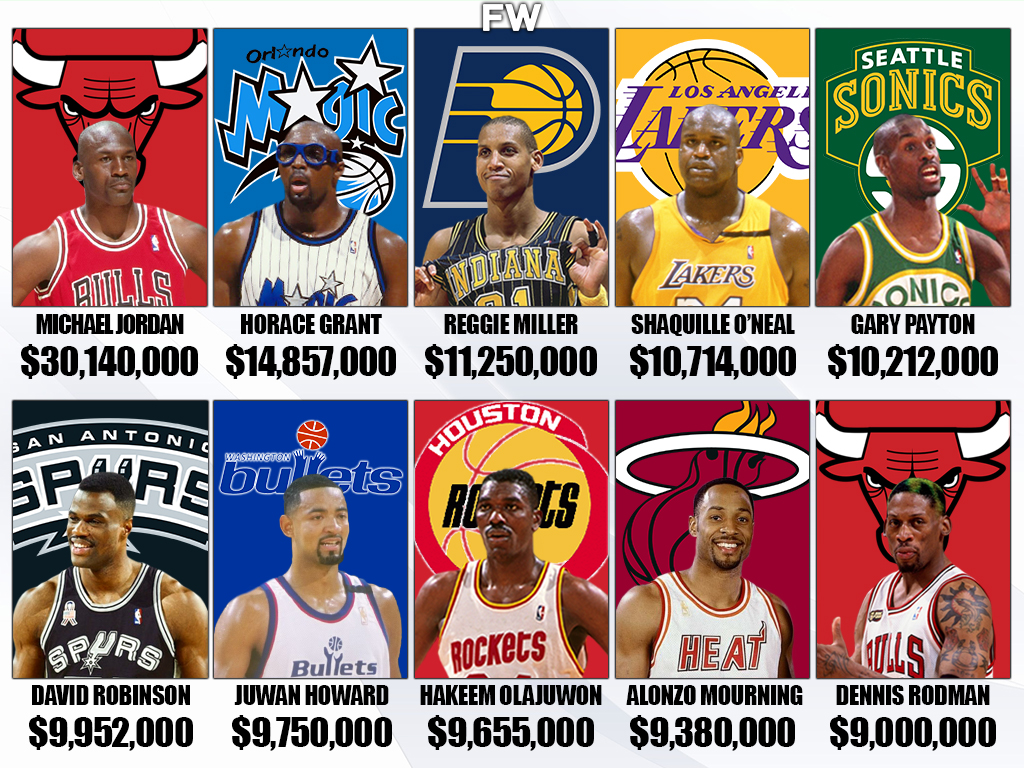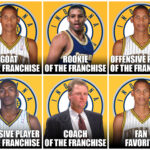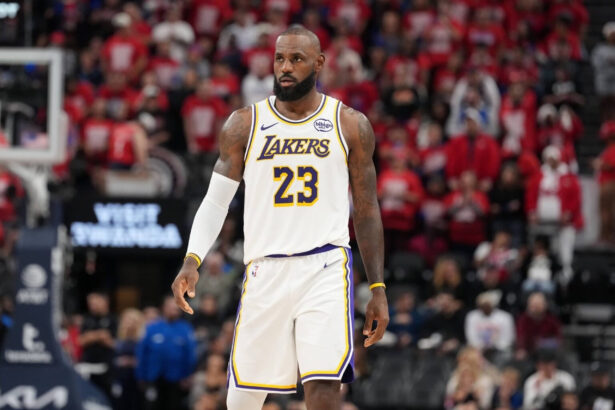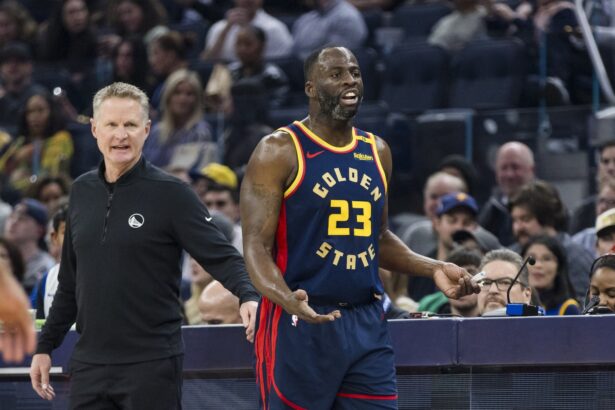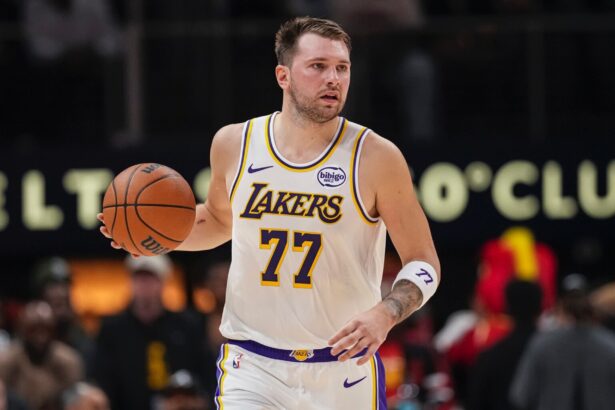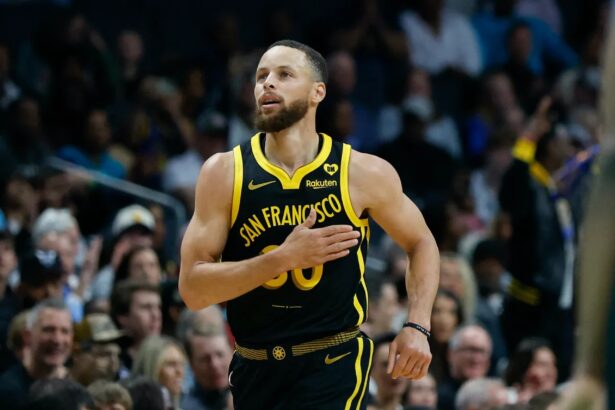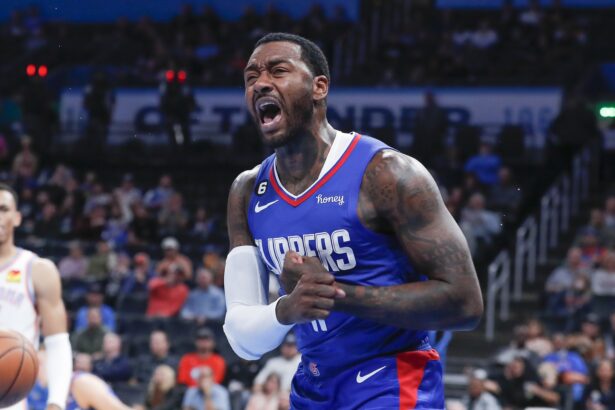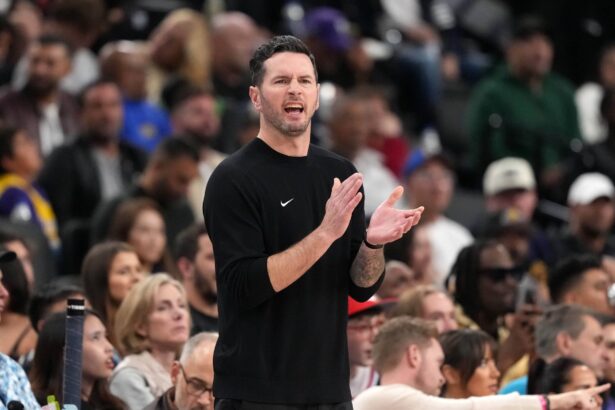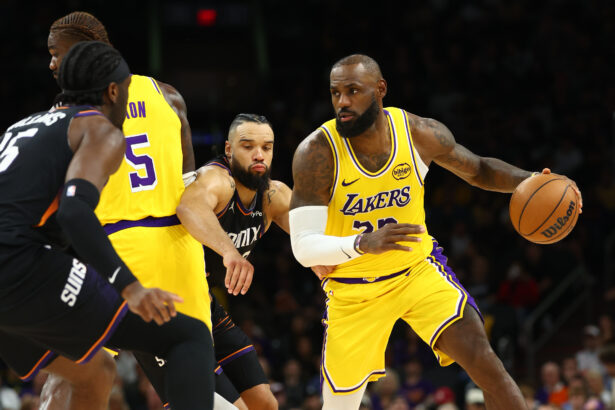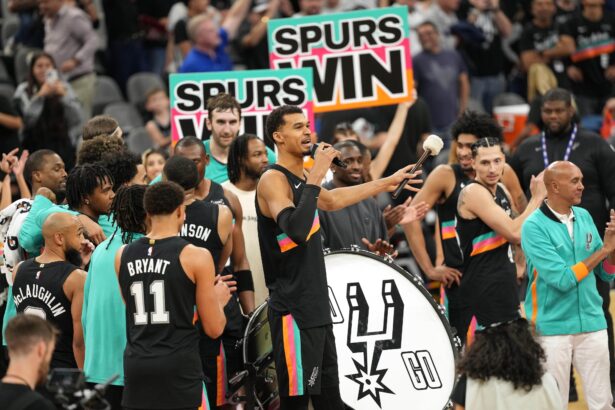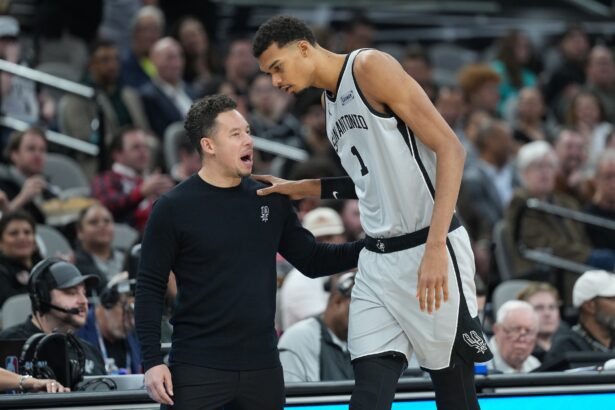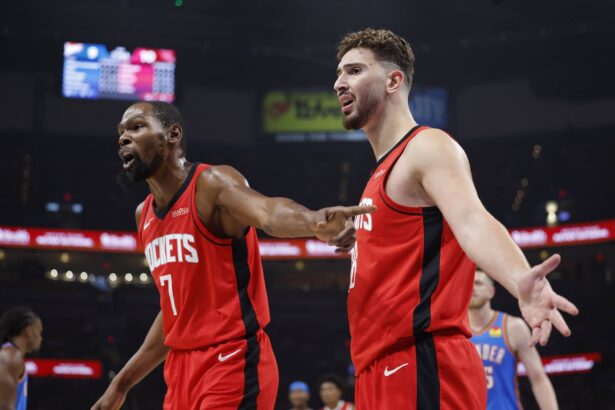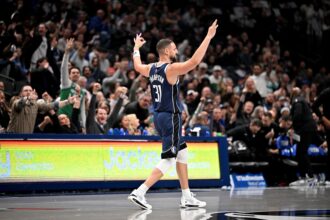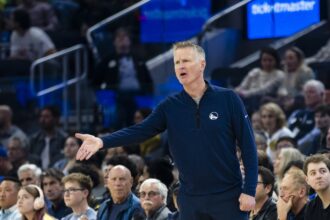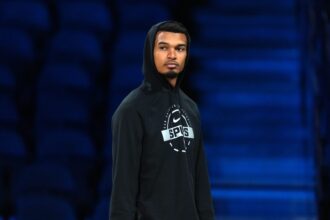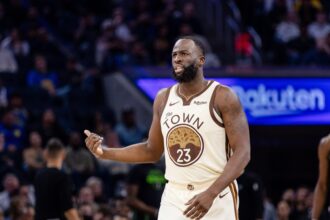The Chicago Bulls were coming off a championship and record-setting season. They had three of the best players in basketball and were playing those players like superstars. The best of the best had a record-setting salary, one that would have been equivalent to the supermax in today’s NBA. Meanwhile, Scottie Pippen was on the outside of the top salaries in the league despite playing like a top-10 player.
- 10. Dennis Rodman – $9,000,000
- 9. Alonzo Mourning – $9,380,000
- 8. Hakeem Olajuwon – $9,655,000
- 7. Juwan Howard – $9,750,000
- 6. David Robinson – $9,952,000
- 5. Gary Payton – $10,212,000
- 4. Shaquille O’Neal – $10,714,000
- 3. Reggie Miller – $11,250,000
- 2. Horace Grant – $14,857,000
- 1. Michael Jordan – $30,140,000
- Next
- The Highest-Paid Players In The 1989-90 NBA Season: Michael Jordan Was 6th With Only $2.5M
- The Highest-Paid Players In The 1990-91 NBA Season: Patrick Ewing Earned The Most, Michael Jordan Was Just 8th With $2.5 Million
- The Highest-Paid Players In The 1997-98 NBA Season: Michael Jordan’s Salary Was Worth More Than The Salary Cap
- Dennis Rodman’s Rebounds Per Game For Each Season: The Worm Is The Best Rebounder Of All-Time
- Michael Jordan’s Career-High Against Every NBA Team: The GOAT Destroyed The Cleveland Cavaliers
Among other players, five players topped $10 million per year. Times have changed since 25 years ago. The talent that made up the top-10 in salaries were also some legitimate players as well, featuring All-Stars and Hall of Famers. The question that is always worth asking is was the player worth the salary that season?
Here are the top-10 salaries for the 1996-97 season.
10. Dennis Rodman – $9,000,000
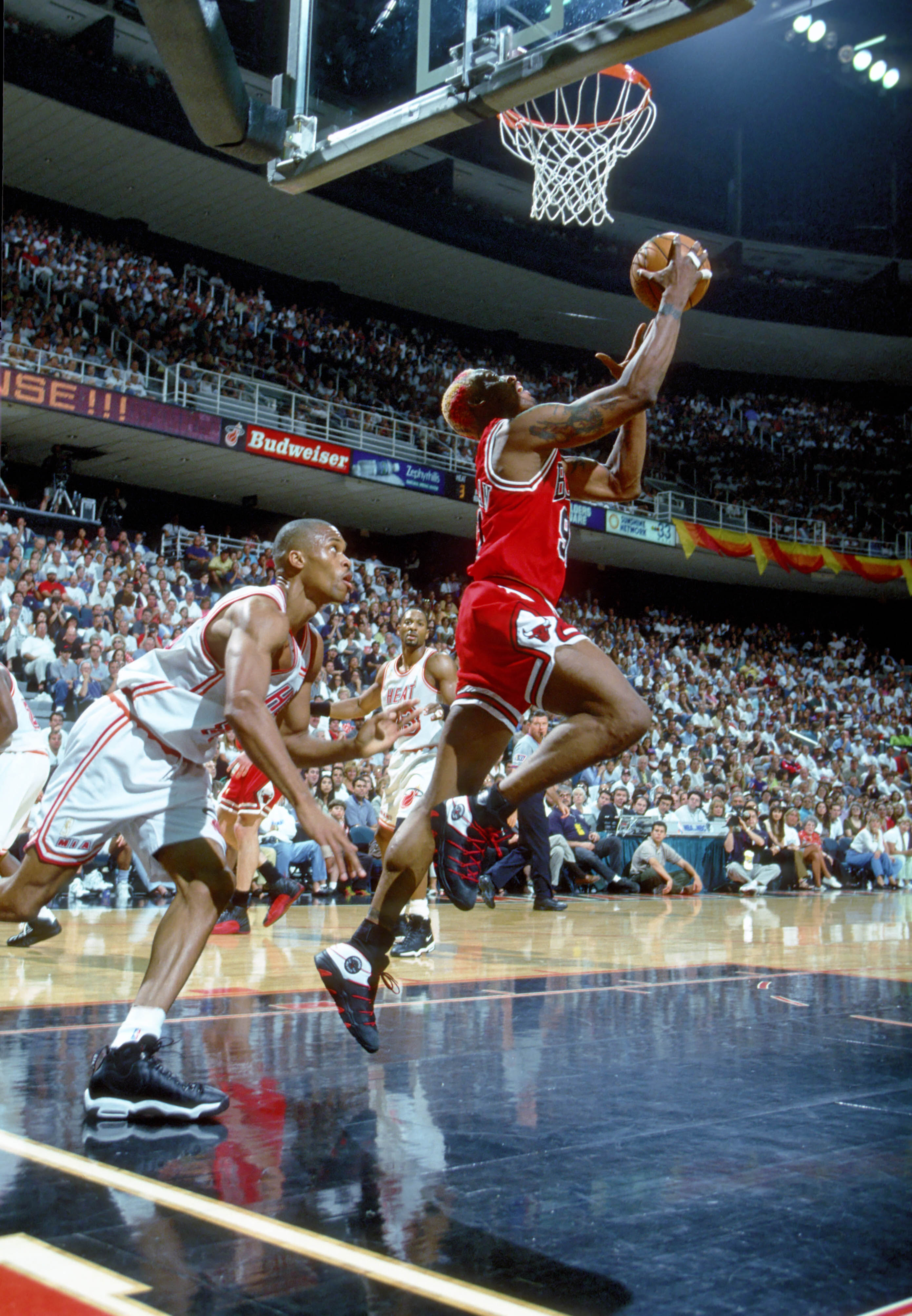
Rodman would have made about $15.6 million in salary equivalent to today’s league. Rodman made the top-10 by making about $1 million more than Dikembe Mutombo, who led the league in blocks. With that said, Rodman made the investment by the Bulls worth it by winning the rebounding title with 16.1 per game. Rodman finished third in the league with 833 total rebounds.
Rodman was also the league’s best offensive rebounder with 320. His defensive presence alone, combined with his physicality, helped the Bulls win their second championship in a row at the time. With two of the best players in the fold, it’s no surprise the Bulls repeated as champions, but it’s nice to see that they were compensated as well.
9. Alonzo Mourning – $9,380,000
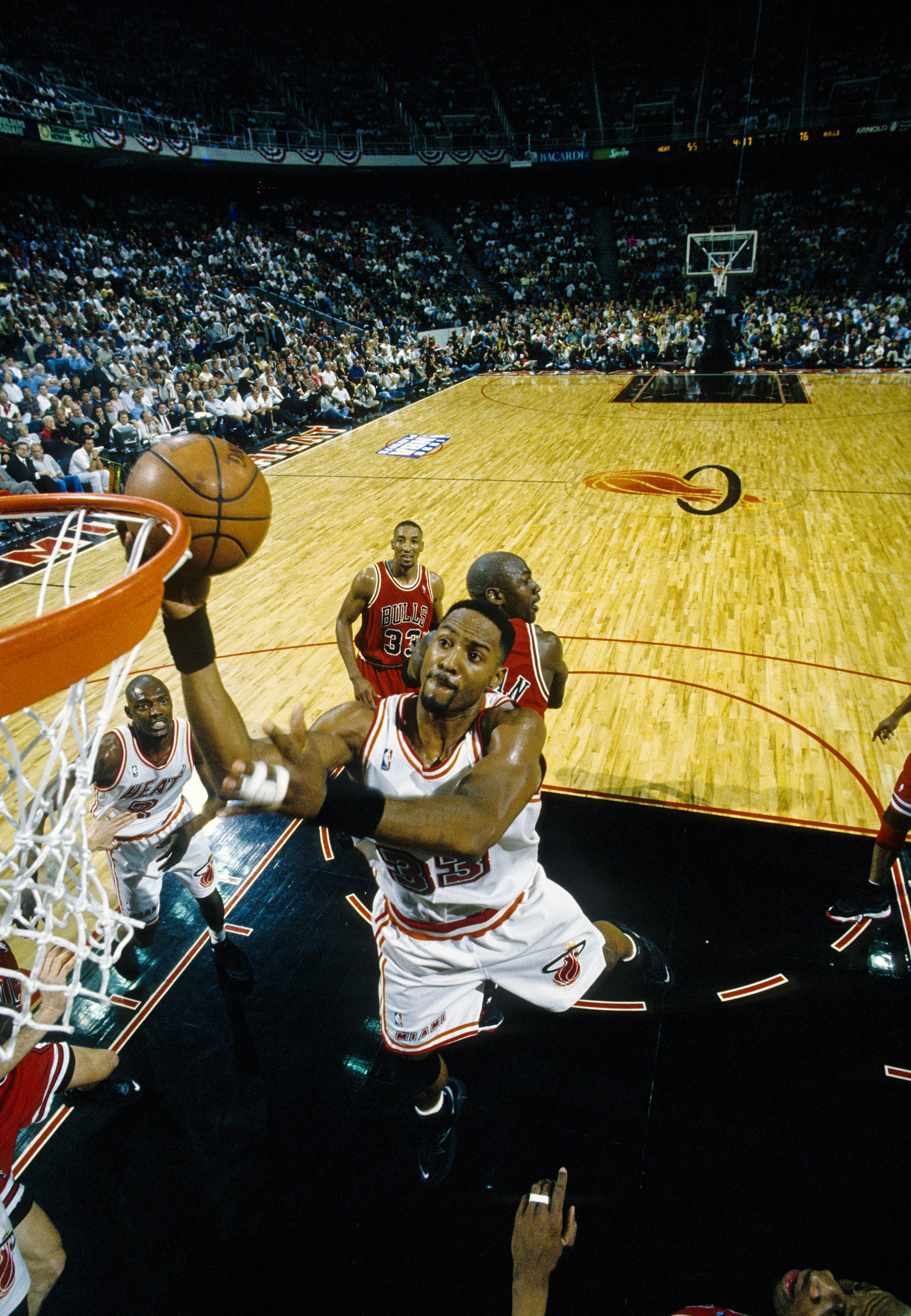
Mourning would have made just over $16 million and it was a costly investment for a defensive player. Mourning was fourth in the league in blocks with 2.9 per game, while he was 11th in field goal percentage with 53.4% shooting from the field. Offensively, Mourning was 17th in made free throws and owned the 12th highest player efficiency rating.
Altogether, Mourning was a complete package for the Heat. He did just about everything, but the defense was his bread and butter. He was the top-rated defensive player for the season despite not winning Defensive Player of the Year. In the end, this was a great investment for the Heat this season.
8. Hakeem Olajuwon – $9,655,000
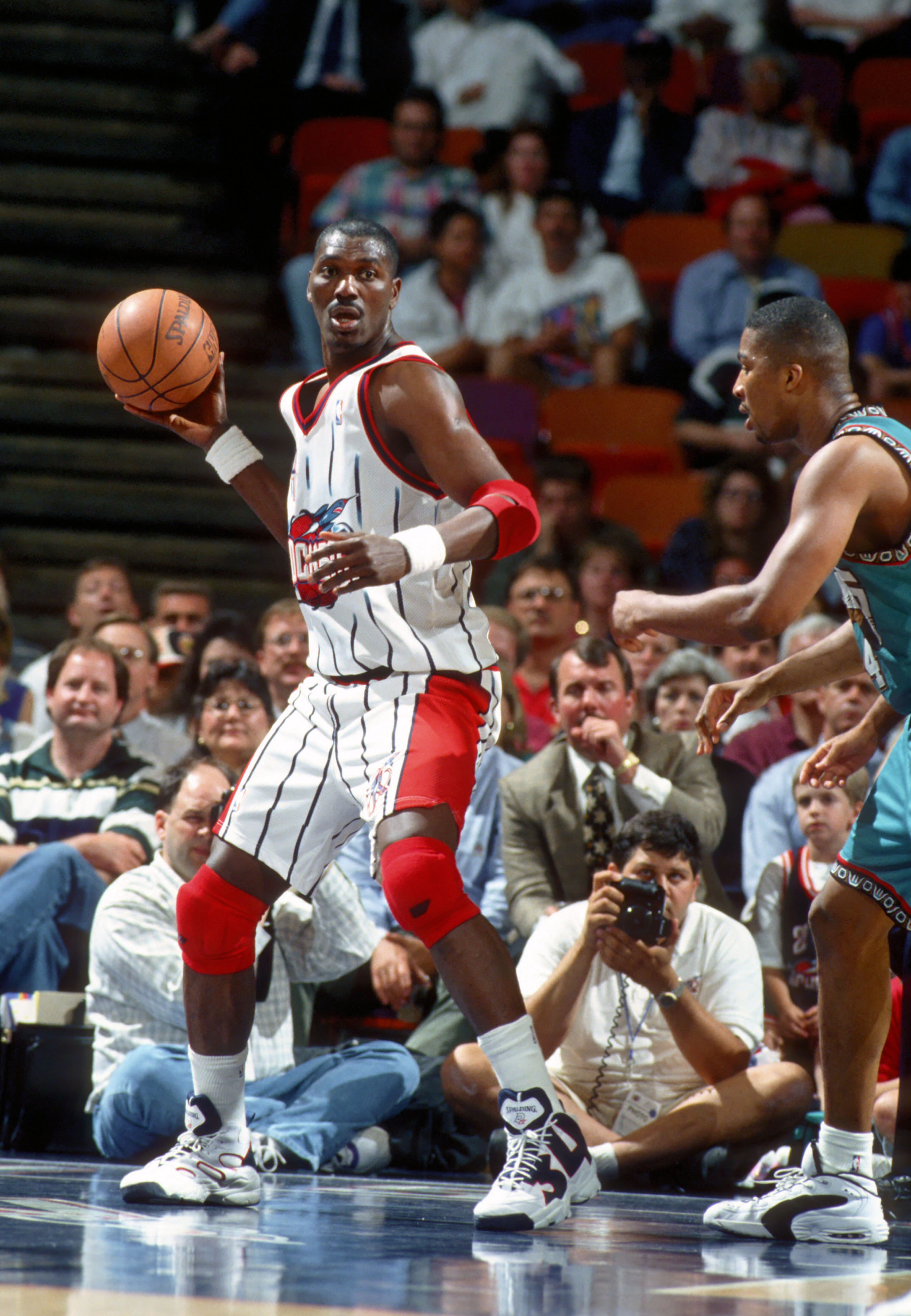
Olajuwon would have made about $16.7 million for the season in today’s world. Olajuwon was ranked among the top categories for multiple sections. He scored the sixth-most points and was seventh in the scoring race at 23.2 points per game. He snuck into the top-20 for total rebounds, while finishing 17th in rebounds per game with 9.2. Defensively, he was sixth with total blocks and eighth at 2.2 blocks per game.
He shot 51.0% from the field, good enough to crack the top-20. Only two players scored more field goals than him. His 727 made field goals were good enough for third place. As for efficiency, he finished with the seventh-best rating. The Rockets certainly cost their money’s worth.
7. Juwan Howard – $9,750,000
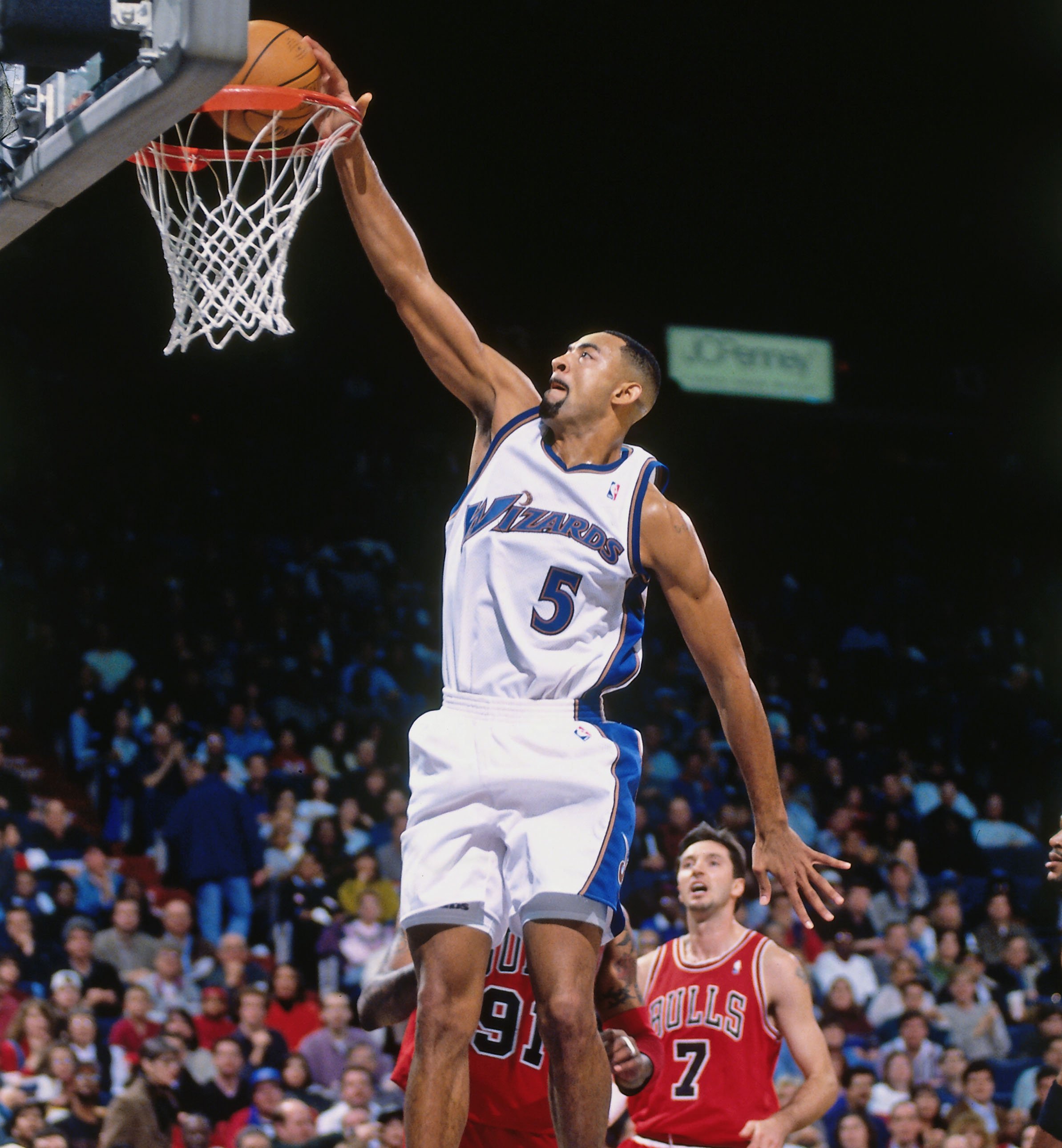
The Washington Bullets figured they would have gotten more for someone that was getting paid equivalent to $16.9 million. Howard ranked in the top-20 in just two statistical categories. Howard scored 1,570 total points, which ranked 20th. His 638 made field goals were 12th in the league.
Howard was a solid player, but he was getting paid more than Rodman, Mourning, Olajuwon, and other All-Stars that deserved more money. For the price Washington was paying, the expectation was that Howard was going to do something along the lines of those other players. That was not the case for this season.
6. David Robinson – $9,952,000
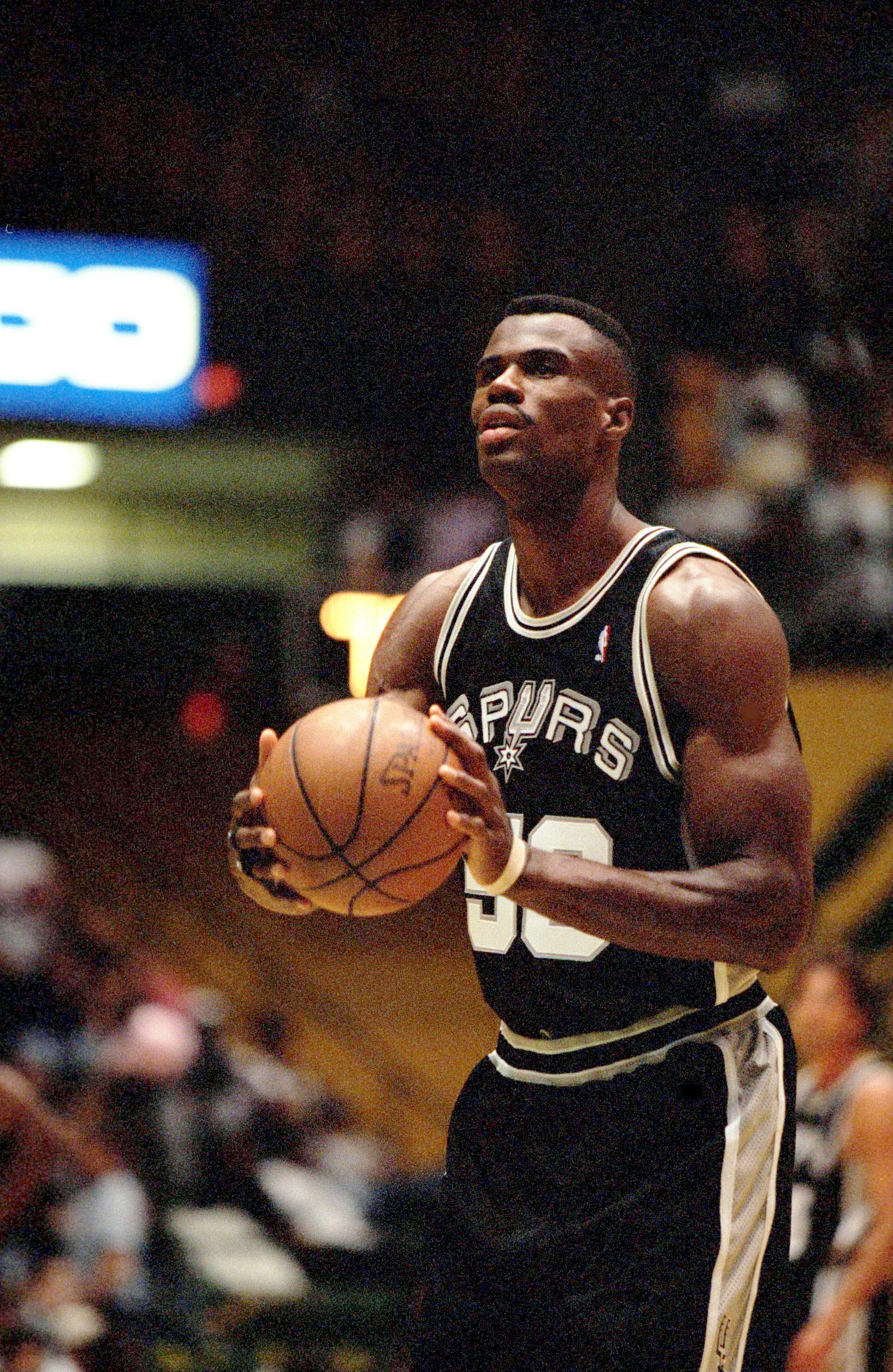
Robinson was getting paid the equivalent of $17.2 million in today’s league. This was one of those times when you just had to swallow the cost. The Spurs had gotten great production from Robinson, which included an MVP season in 1994-95. This season, Robinson sustained a season-ending injury that cost him the majority of the season.
Robinson played only six games. Robinson was coming off four straight seasons of playing at least 80 games. In his six games, Robinson was averaging 17.7 points, 8.5 rebounds, 1.3 assists, 1.0 steals, and 1.0 blocks. When Robinson healed up, he would eventually help the team win a championship two years later.
5. Gary Payton – $10,212,000
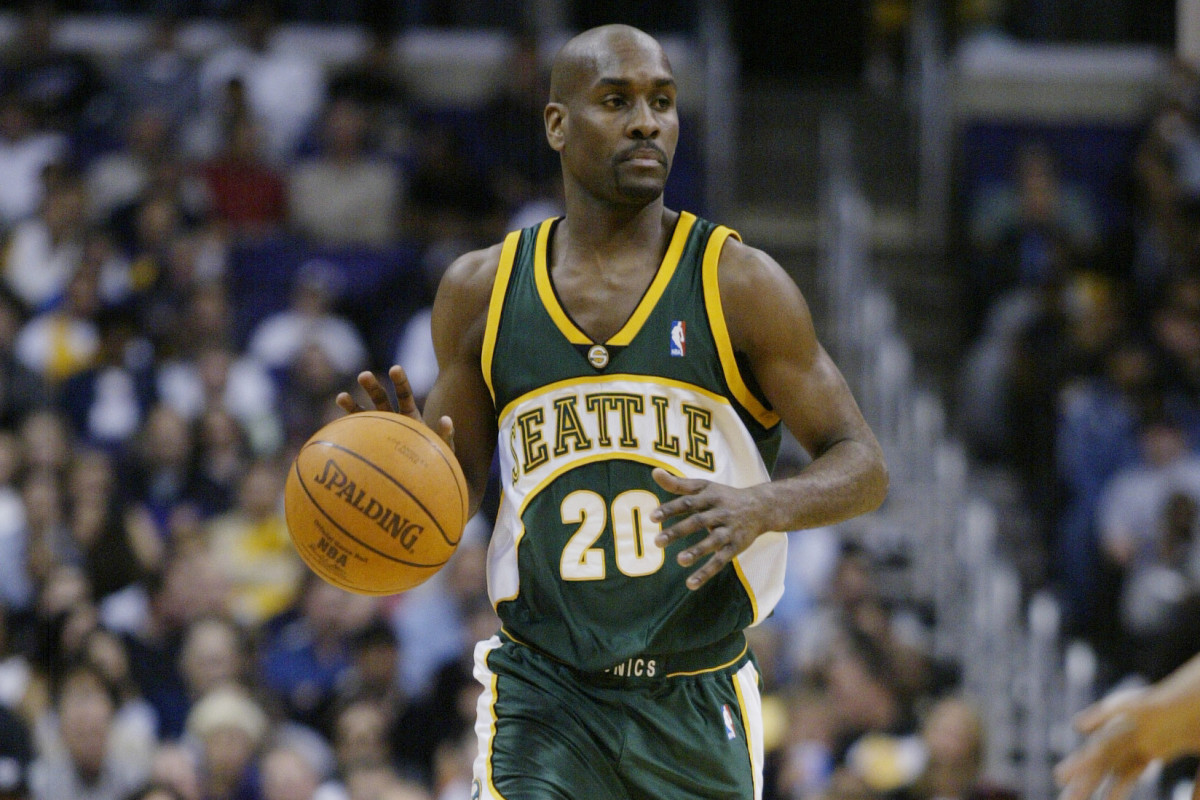
Payton was coming off a season where he won Defensive Player of the Year. The Seattle SuperSonics had made the NBA Finals despite coming up short to the Bulls. He was getting paid equivalent to $17.7 million and was a top-5 paid player. He played like one of the better players in the league.
For starters, Payton scored the ninth-most points, while his 21.8 points per game were 10th in the scoring race. The 583 total assists just cracked the top-10. His 7.1 assists were 16th in the league. Defensively, he was solid again with 197 steals and 2.4 steals per game was third in the league. As a guard, he scored the sixth-most field goals with 606 and cracked the top-10 in player efficiency rating.
4. Shaquille O’Neal – $10,714,000
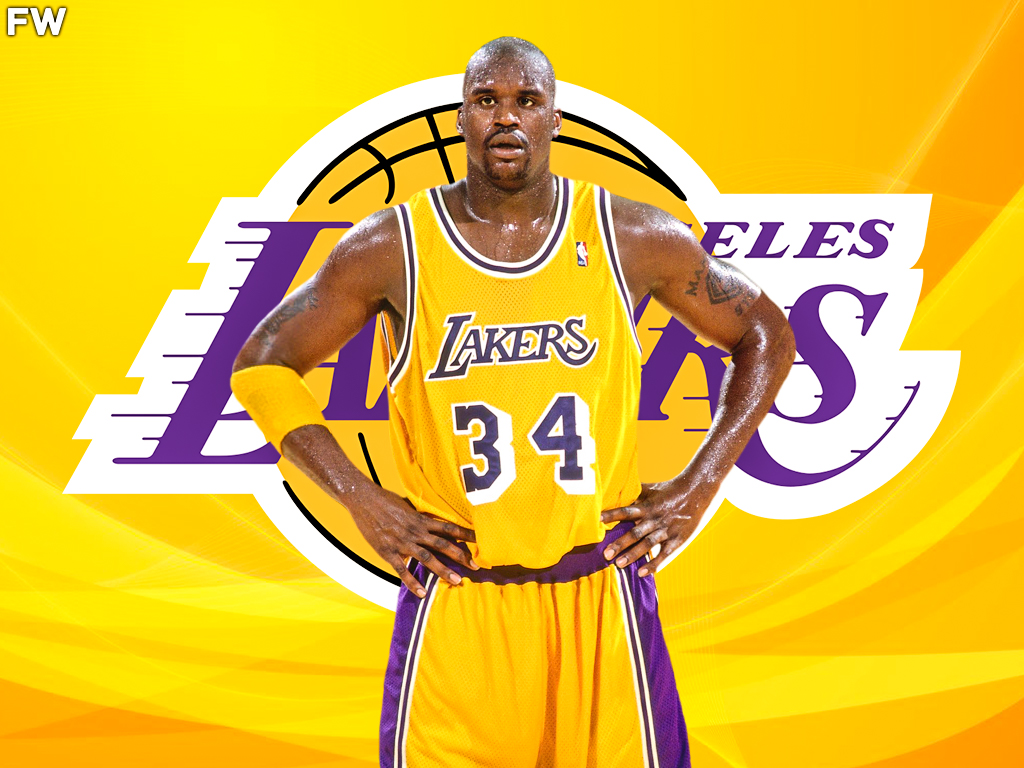
Playing in the bigger market, O’Neal was the face of the Los Angeles Lakers as Kobe Bryant was navigating through his rookie season. O’Neal was getting the equivalent of $18.5 million in salary. It was a growing season for O’Neal as he had an okay season in comparison to other years.
O’Neal ranked in the top-20 in only four stat categories. His points per game numbers were down, but defensively he was solid. He was 12th in total blocks with 147, while his 2.9 average was third. He shot 55.7% from the field to rank fourth in the league. Despite his points being down, he finished with the third-highest player efficiency rating.
3. Reggie Miller – $11,250,000
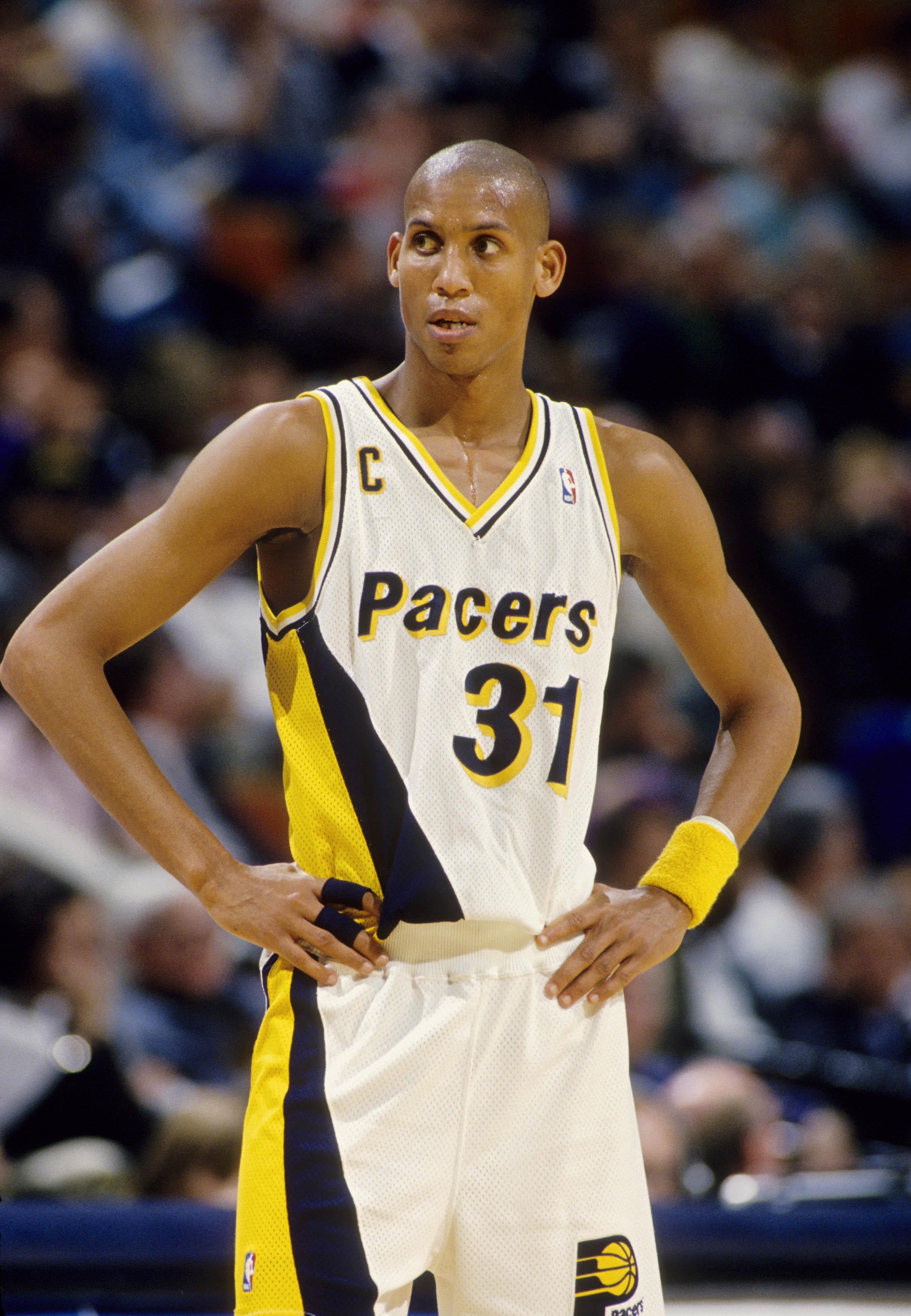
The league’s top sharpshooter was getting paid equivalent to $19.5 million. His offense helped him get paid like a top player and he delivered for the Pacers once again. His 1,751 total points cracked the top-10, while his 21.6 points per game were 11th in the league. He led the league with 229 made three-point field goals. He also made the 13th most free throws.
Miller was always seen as an offensively oriented player. He was the face of the Pacers and helped the team stay in contention with the Bulls in the Eastern Conference. The Pacers were unable to push past the Bulls this season, but at least their star player lived up to his contract.
2. Horace Grant – $14,857,000
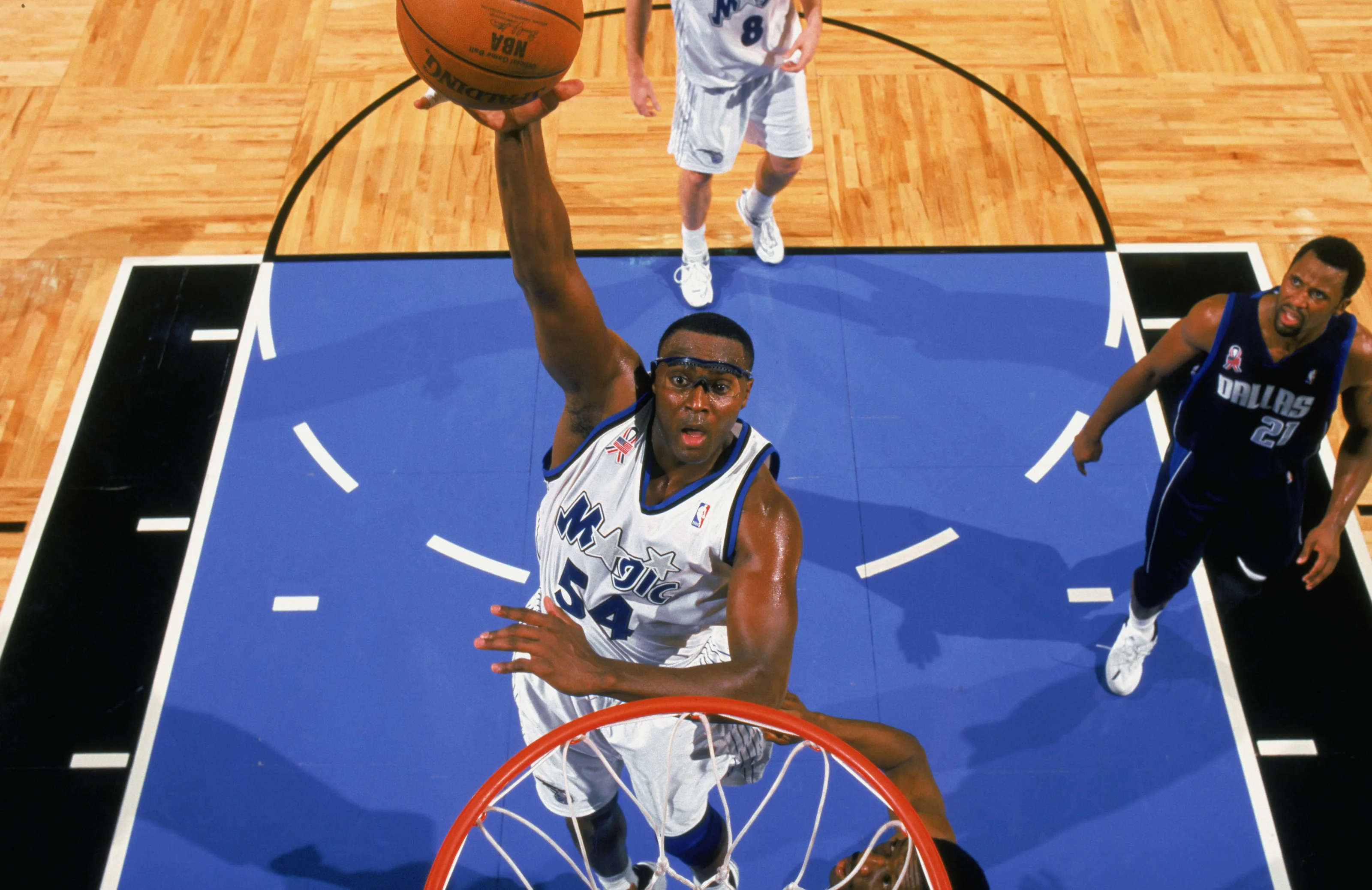
The highest-paid big man in the league came from the Orlando Magic and former Bull himself Horace Grant. With this contract, Grant was receiving the equivalent of $25.7 million. All Orlando got in return was a player that finished 17th in the league in field goal percentage with 51.5% shooting.
Grant played in 67 games, where he averaged 12.6 points, 9.0 rebounds, 2.4 assists, 1.5 steals, and 1.0 blocks. While these are solid numbers, these are not numbers you would expect from a player getting paid over $25 million in today’s league. Even back in the day, these are numbers you would like from a starting center, but some of these numbers would need to be increased to live up to this contract.
1. Michael Jordan – $30,140,000
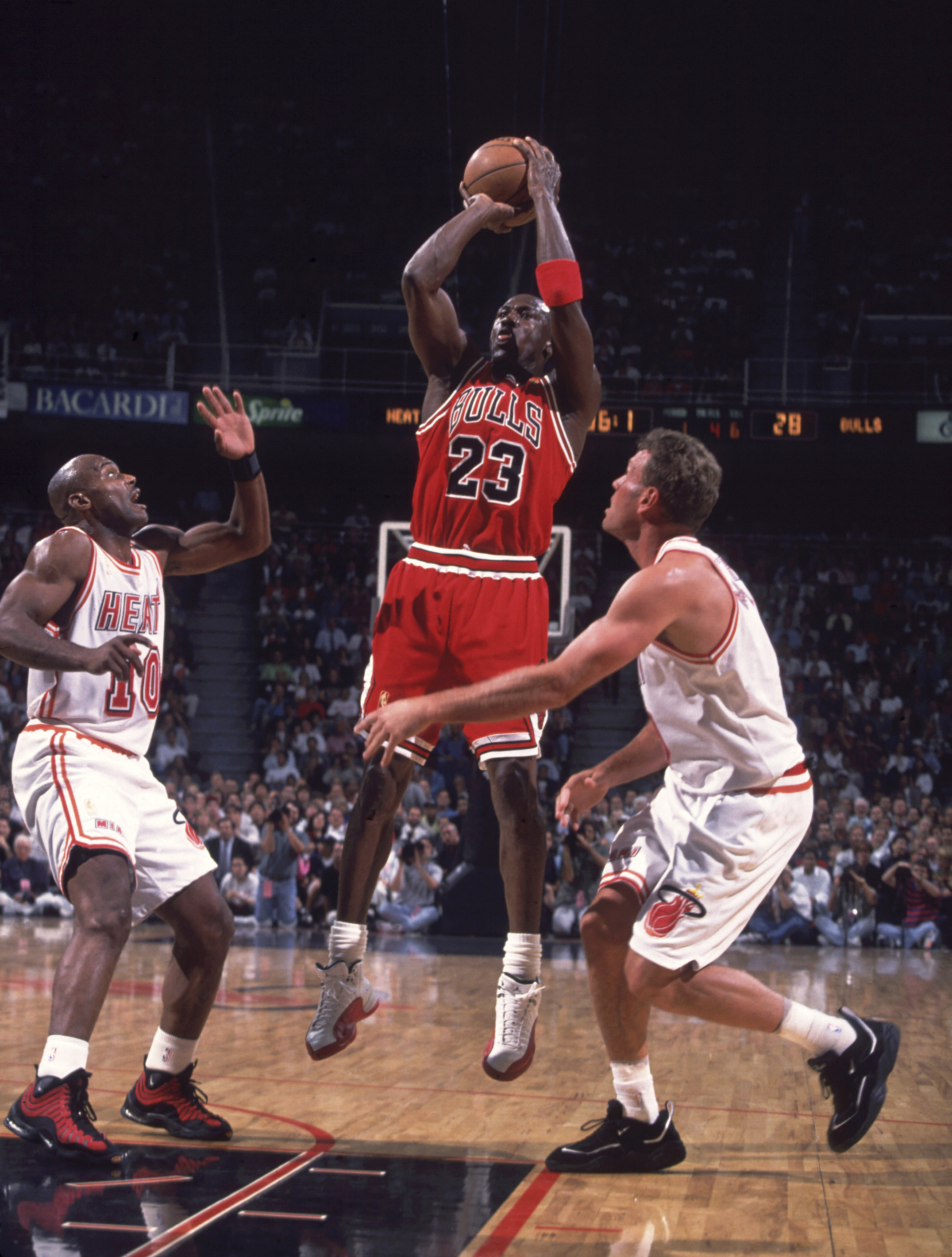
Jordan did just about everything this season except winning the MVP Award. That went to Karl Malone, who funny enough isn’t even on this list for highest salaries. Jordan led the Bulls to the NBA Finals, where he secured the championship and won Finals MVP. In the regular season, he led the league in points, points per game (29.6), field goals, field goal attempts, two-point field goal attempts, win shares, offensive win shares, and value over a replacement player.
He also cracked the top-10 in steals per game, while finishing with the second-best player efficiency rating. That rating was second to Malone, but there is no denying that Jordan lived up to this contract. If a player was getting paid like a player in today’s world, Jordan would have been worth it. Had the year been 2021-22, he would have received the equivalent of $52,258,566 in salary.

